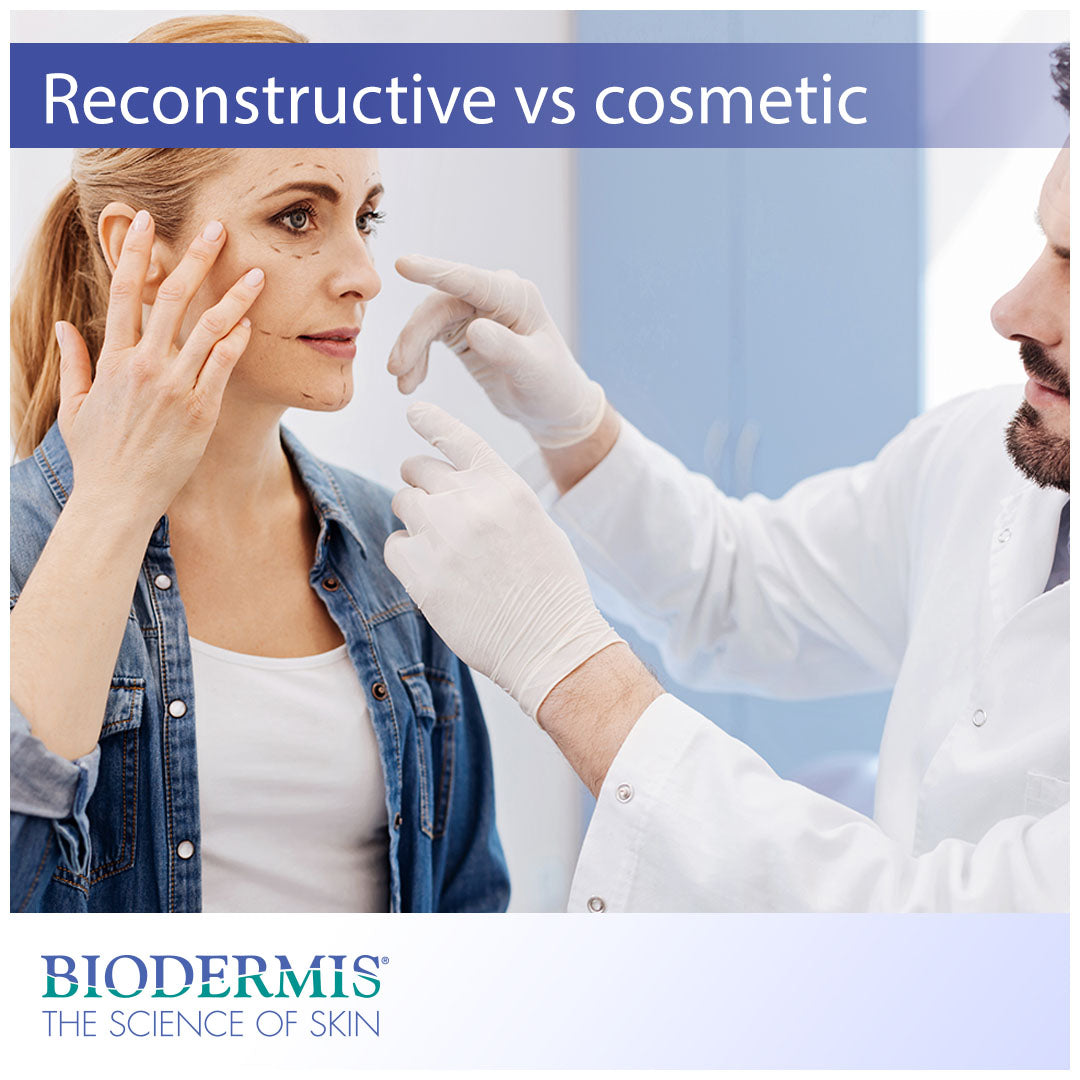The term plastic surgery derives its name from the Greek word “plastikos,” which means to shape or mold. Plastic surgery encompasses a wide range of procedure types that include both cosmetic and reconstructive surgery. Generally speaking, reconstructive surgery aims to restore functionality and normal appearance to a visible part of the body. Cosmetic surgery, on the other hand, aims to enhance certain bodily features to appear more aesthetically pleasing. While both surgery types might seem similar at first glance, there are notable differences in terms of their end goals.
Like any surgically invasive procedure, there is a risk of scarring. Luckily, scar therapy products are easy to obtain and can be purchased online or through your physician.
Cleft lips and palates are somewhat rare but well-understood birth defects that can be corrected with reconstructive surgery very early in life. Babies born with cleft lips have an opening or slit in their upper lip that can cause complications with eating, speaking and hearing. Some babies can also be born with a cleft palate, which is marked by the prenatal formation of a hole in the roof of the mouth. It is unknown what exactly causes these deformities but they are thought to be linked to genetic and environmental factors.
Breast reconstruction is the process of reshaping and reforming one or both breasts following a lumpectomy or mastectomy in breast cancer patients. Women who have sustained serious injury, such as a burn, may also require breast reconstruction to regain their former shape and appearance. In most situations, reconstructive surgery is considered medically necessary and is covered by insurance.
Like any surgically invasive procedure, there is a risk of scarring. Luckily, scar therapy products are easy to obtain and can be purchased online or through your physician.
Reconstructive surgery
The majority of people who are candidates for reconstructive surgery are those who have some physical abnormality that interferes with normal bodily function. Deformities that are present at birth can be corrected with reconstructive surgery, as can deformities that occur later in life due to injury or cancer.Cleft lip and palate repair
Cleft lips and palates are somewhat rare but well-understood birth defects that can be corrected with reconstructive surgery very early in life. Babies born with cleft lips have an opening or slit in their upper lip that can cause complications with eating, speaking and hearing. Some babies can also be born with a cleft palate, which is marked by the prenatal formation of a hole in the roof of the mouth. It is unknown what exactly causes these deformities but they are thought to be linked to genetic and environmental factors.
Breast reconstruction
Breast reconstruction is the process of reshaping and reforming one or both breasts following a lumpectomy or mastectomy in breast cancer patients. Women who have sustained serious injury, such as a burn, may also require breast reconstruction to regain their former shape and appearance. In most situations, reconstructive surgery is considered medically necessary and is covered by insurance.
Cosmetic surgery
Cosmetic surgery, as the name suggests, is meant to enhance a person’s physical features, not to restore functionality to part of the body. Unlike reconstructive surgery, cosmetic surgery is not considered medically necessary.Breast augmentation
A breast augmentation, known clinically as augmentation mammoplasty, is a cosmetic surgical procedure meant to contour the shape, size, and appearance of the breasts. Silicone or saline implants are surgically placed inside to breast to increase their size. Apart from increasing bust size, augmentation procedures can be combined with reconstructive techniques to improve the shape, functionality and texture of breasts following mastectomies and other reductive surgeries.Abdominoplasty (tummy tuck)
A tummy tuck, known clinically as abdominoplasty, is a cosmetic procedure aimed at removing fat (subcutaneous) tissue from the middle and lower abdomen. Fat removal in these areas allows the surgeon to contour the shape of the body to create a firmer, tighter waist and midsection. Tummy tucks are one of the most common cosmetic procedure types for men and women who desire a leaner physique.Face lifts
As we age, our face loses much of its facial integrity due to environmental factors and lifestyle choices. Face lifts are cosmetic surgical procedures designed to improve the appearance of the face and reduce notable signs of aging such as wrinkles and sagging. People who undergo a face lift wish to regain the youthful contours of the face.Post-operative scar therapy
To reduce scarring after your reconstructive or cosmetic surgery, it’s important to use only clinically-proven products that are safe and effective for all skin types. Topical silicone for scar therapy has been part of the post-operative care regimen for over 30 years. Surgeons and dermatologists trust silicone products because they are clinically proven to work and have high patient compliance.Topical silicone works through dermal hydration and collagen regulation. By encapsulating and hydrating the scar site for a period of time, fibroblasts (specialized skin cells) in the dermis layer of the skin scale back collagen production to a normal level. By normalizing collagen production, silicone helps scar tissue blend in with the surrounding skin.
Biodermis is an innovative market leader with 30 years of expertise in the medical silicone industry. Visit Biodermis.com today to explore a complete range of scar management and post-operative care solutions.
PHYSICIANS AND MEDICAL PROFESSIONALS: REFER OR RESELL?
Biodermis offers custom tailored referral programs designed to simplify and reduce the cost of your patients' post-op care. Additionally, we offer professional pricing if you opt to retail our products. Give us a call at 800.322.3729, and we will be happy to provide additional details on these programs.





